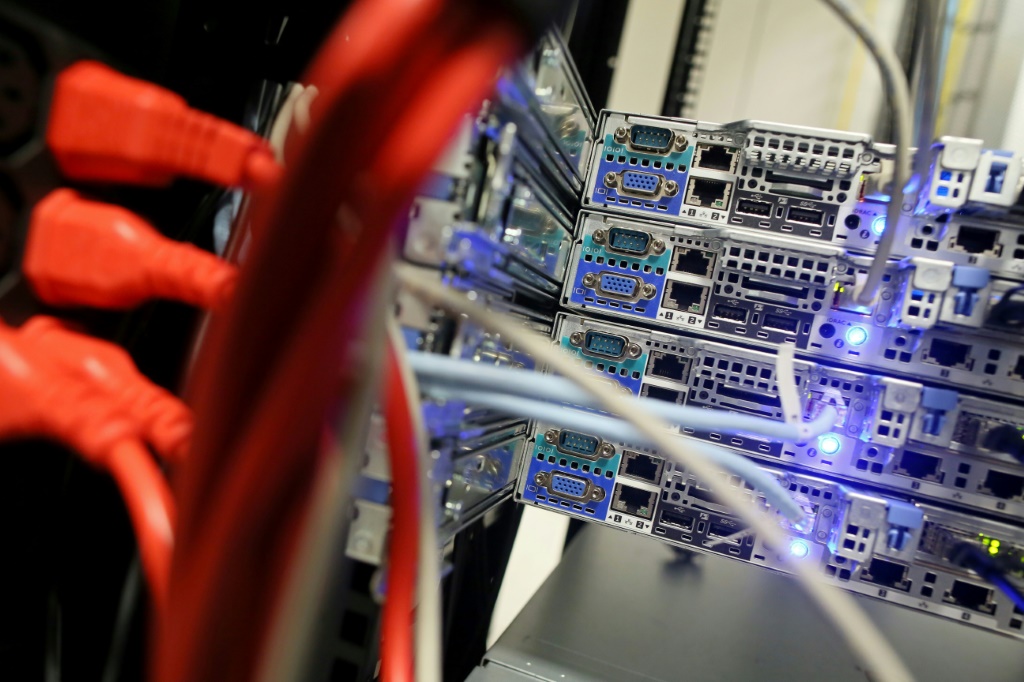Security automation is about the automated detection, investigation, and remediation of cyberthreats with or without human interaction. The approach is by identifying incoming threats, triaging and prioritizing alerts as they surface, and responding to them on time. To add to this set of measures, security automation is not a one-size-fits all approach and it comes in various shapes and sizes.
One area of application is with machine learning. Here machine learning and automation allow data protection to happen faster, more effectively, and more accurately.
Hence, automation in cybersecurity has become increasingly important with attack surfaces expanding, a lack of overall talent and the increase in cyberattacks in recent years.
As we look ahead to 2023, Digital Journal sought out some trends in security automation from Torq co-founder and CTO Leonid Belkind.
The developments that Belkind expects to see are:
Increasing Pressure to Maximize Value of Existing Security Stacks
Belkind says: “The current economic climate dictates all enterprises become more efficient in their spending. As a result, IT and Security leaders will look for ways to derive maximum value from their existing tech stack, rather than adding more point solutions to it. Security automation unifies existing security investments and harnesses their potential, enabling organizations to get more bang for the buck from them.”
Security Automation’s Proactive Footprint Continues Expanding
In Belkind’s opinion: “Rather than focusing on retroactively building workflows and processes based on historic attacks, security automation deployments will shift to a proactive approach to help prevent attacks before they happen. Part of this involves security teams harnessing early threat intelligence signals and building defenses against them into their workflows and processes. The result will be a comprehensive new offensive-capacity framework that combines the entirety of the security stack into the most powerful protection approach to date.”
No More Dark Corners
Considering this development, Belkind says: “The security automation ecosystem will open up, so previously disparate security systems can talk to each other. Cybersecurity cannot exist in a vacuum; systems, applications, and tools must become interoperable and interconnected. Security automation enables the seamless bridging of these systems, bringing them together under one roof, for comprehensive management, monitoring, and measurement.”














